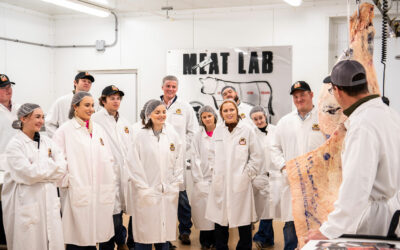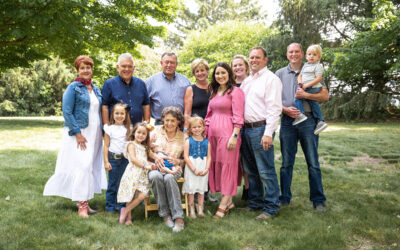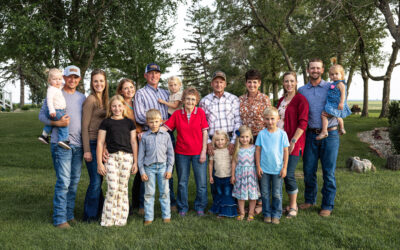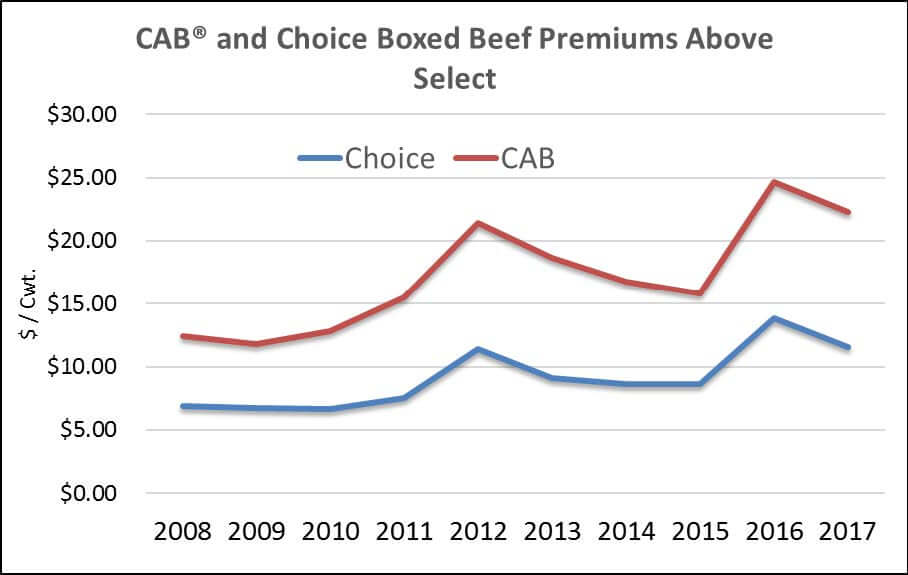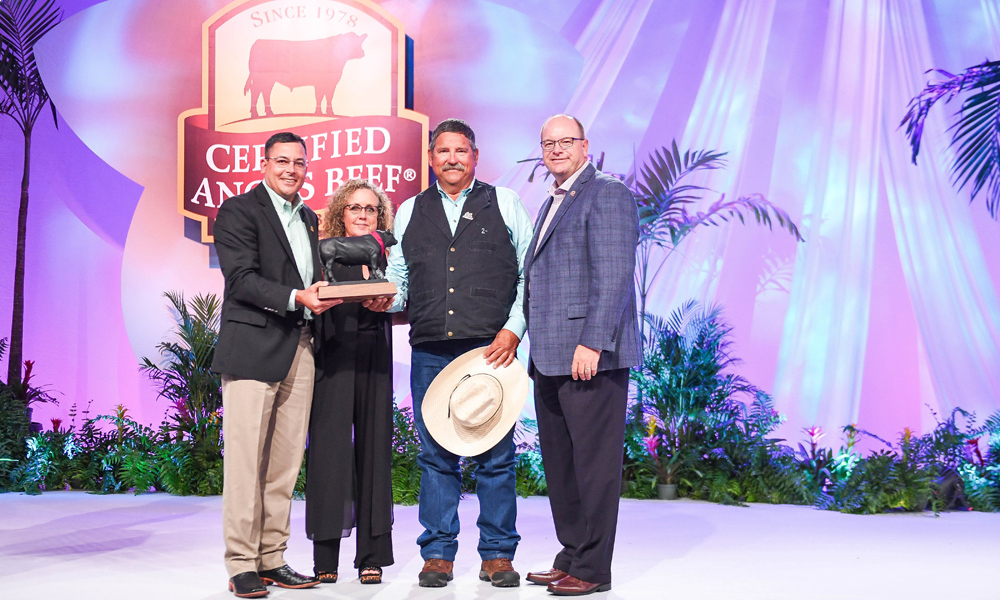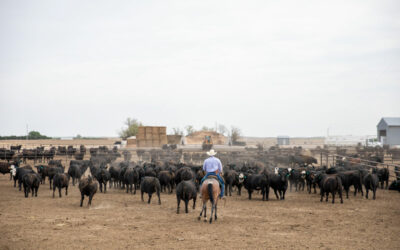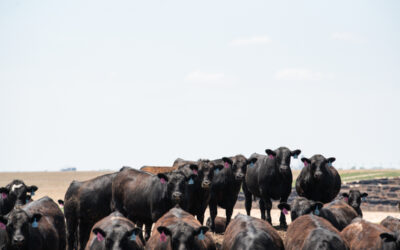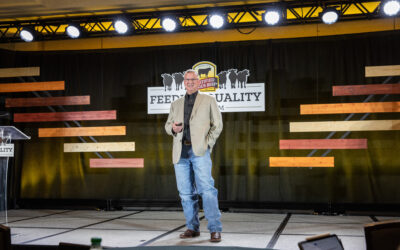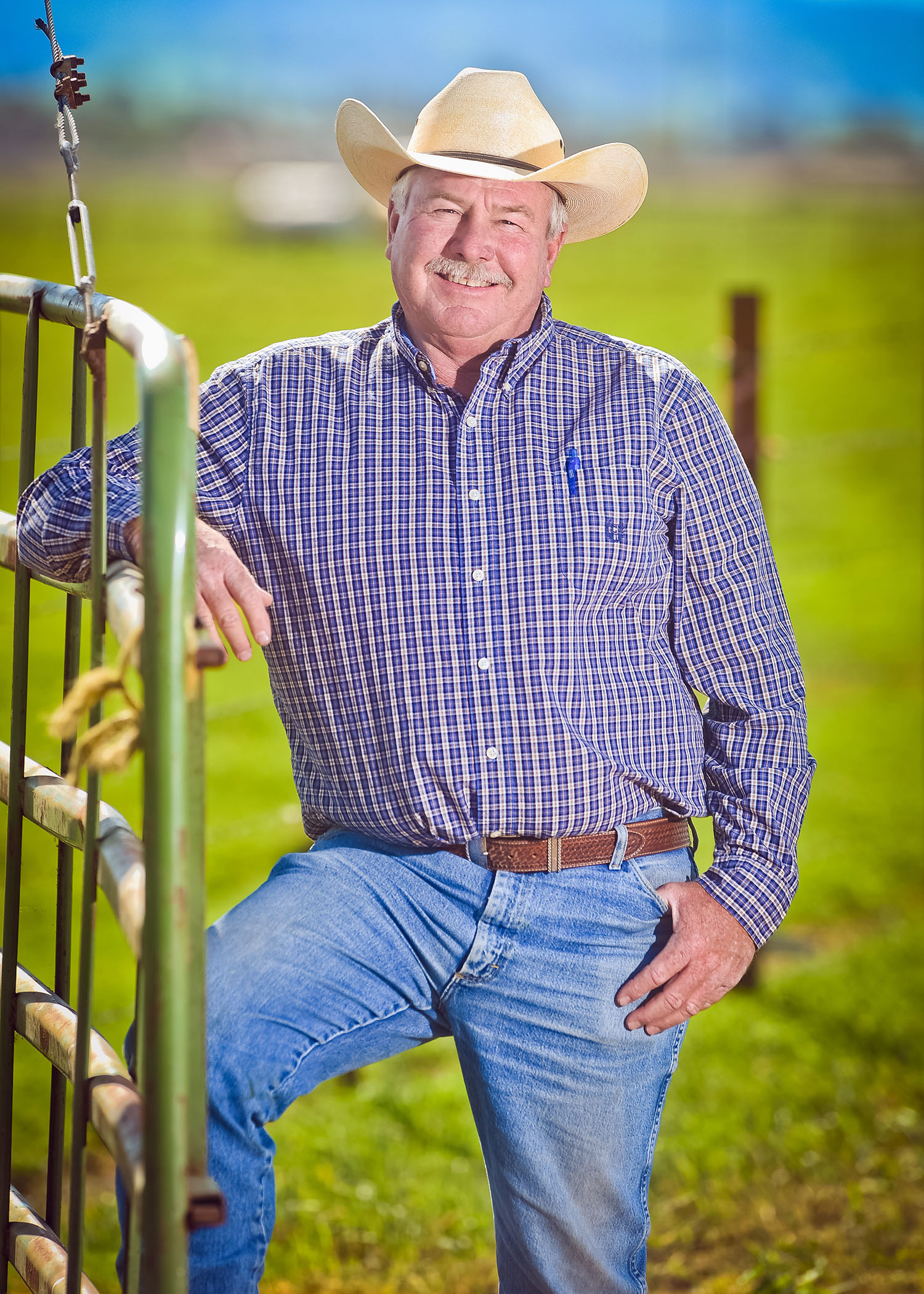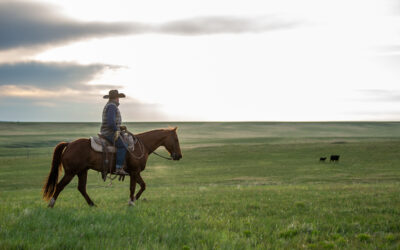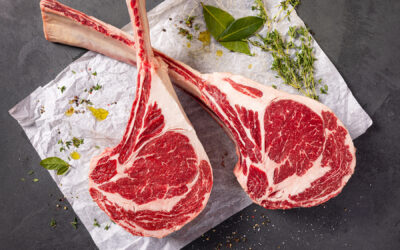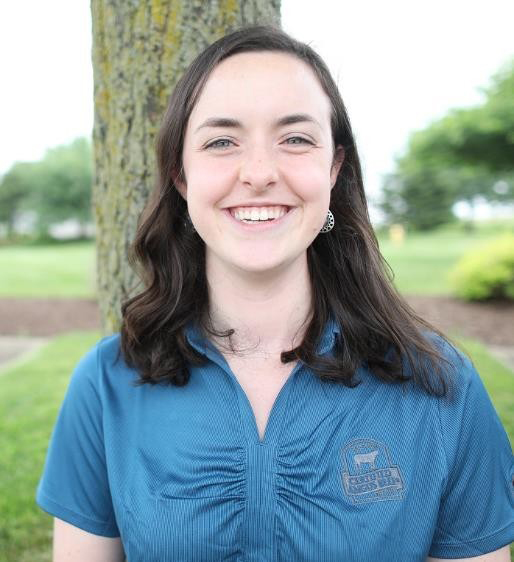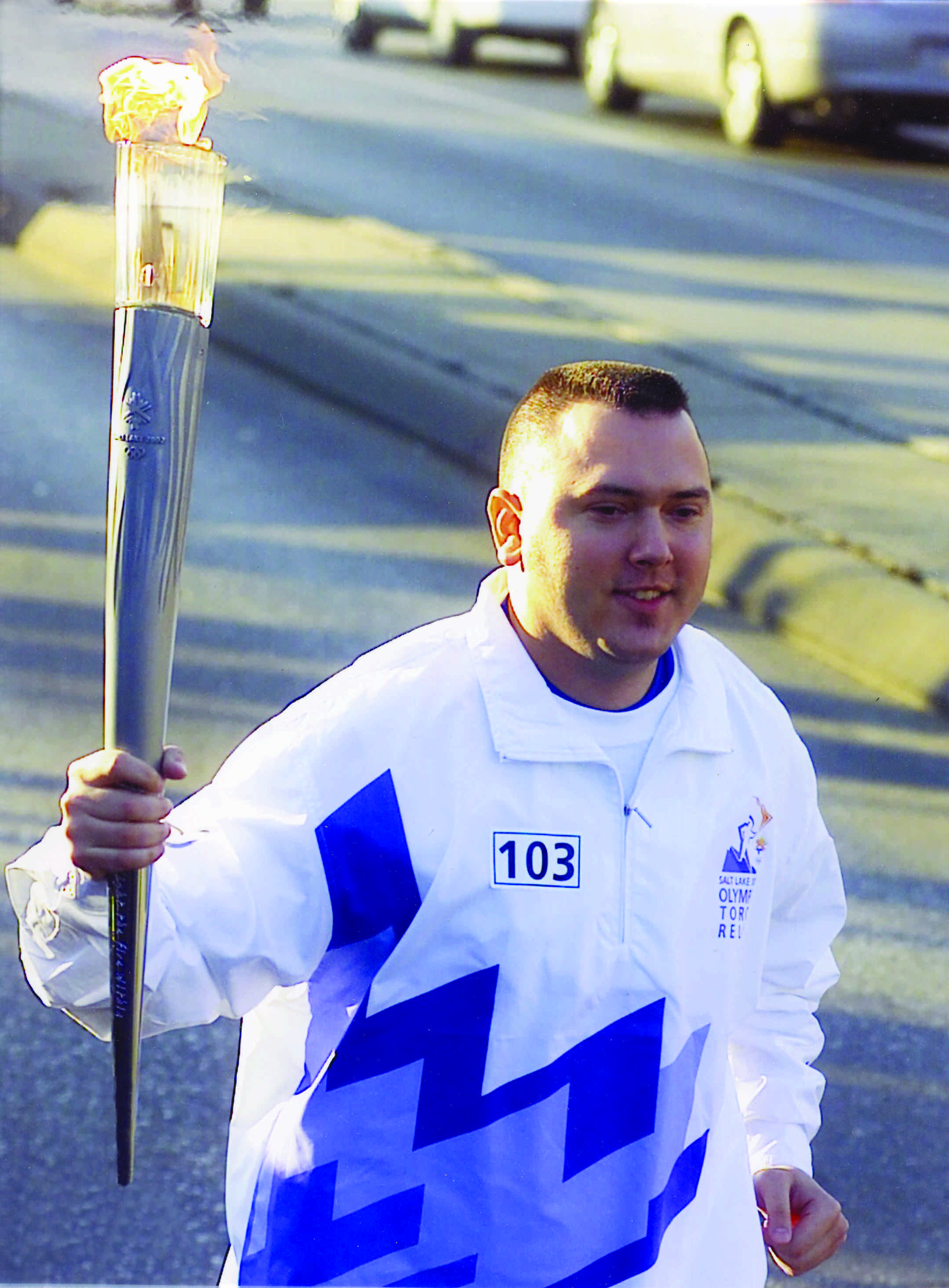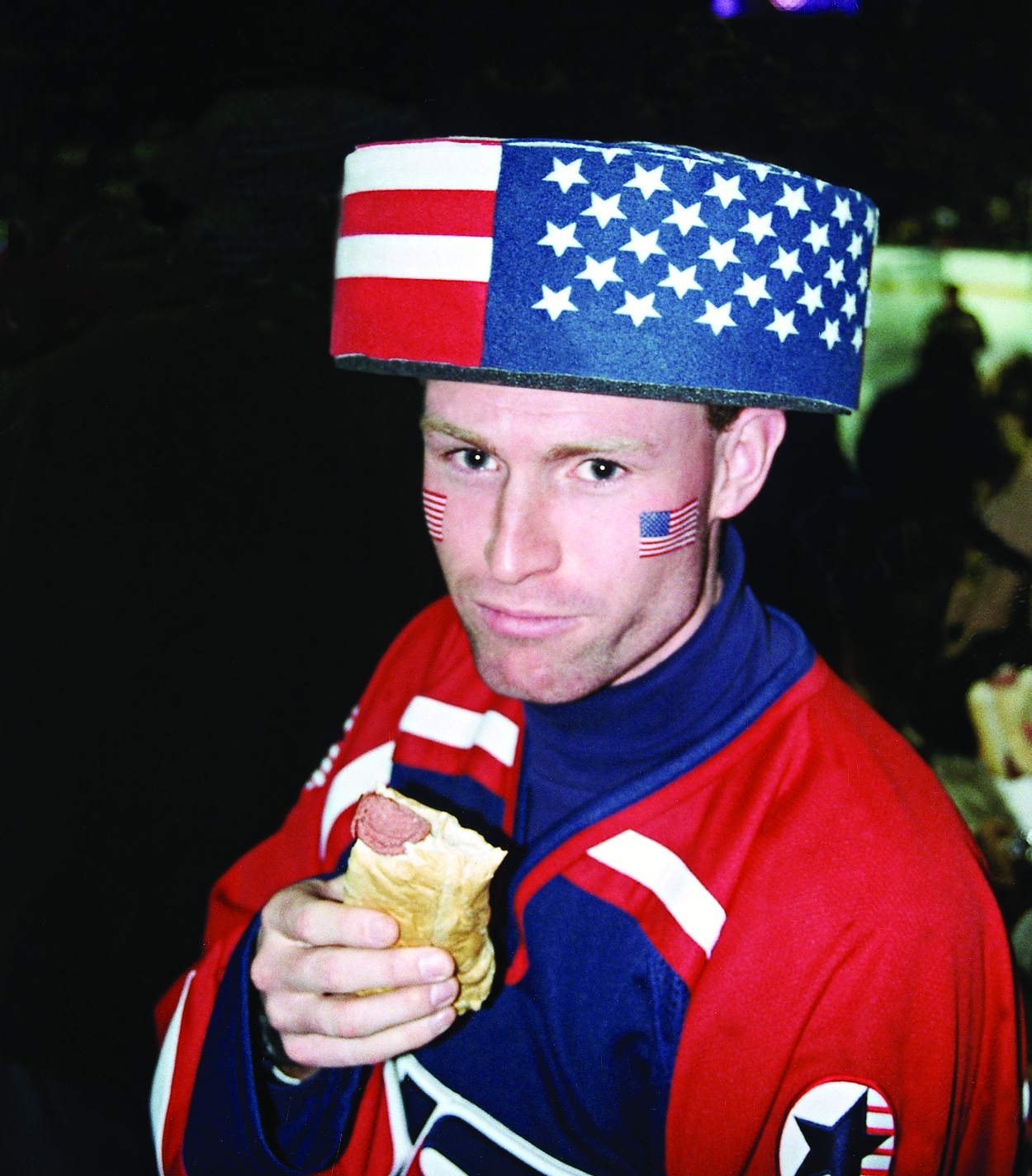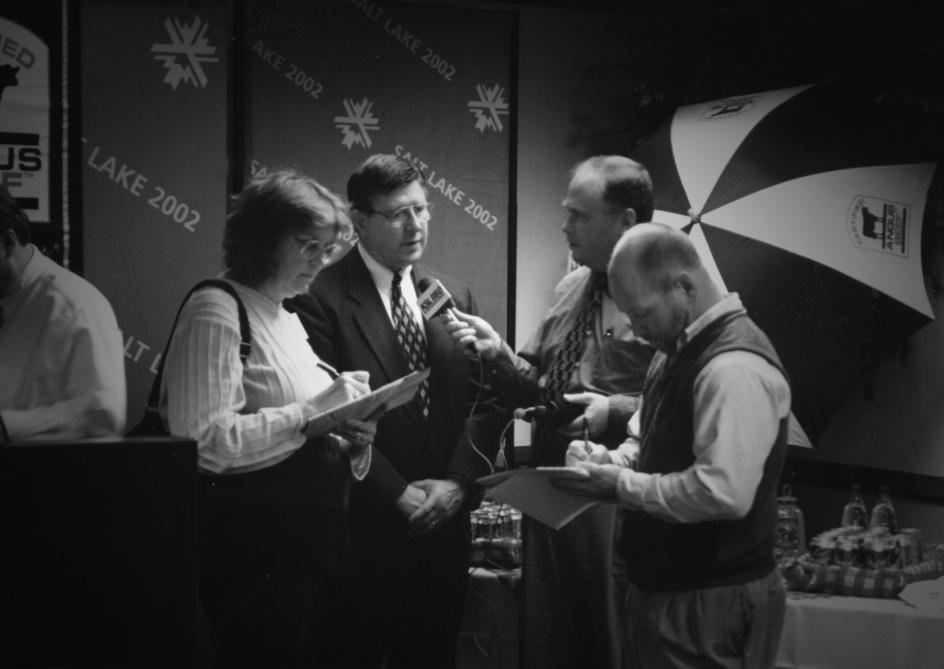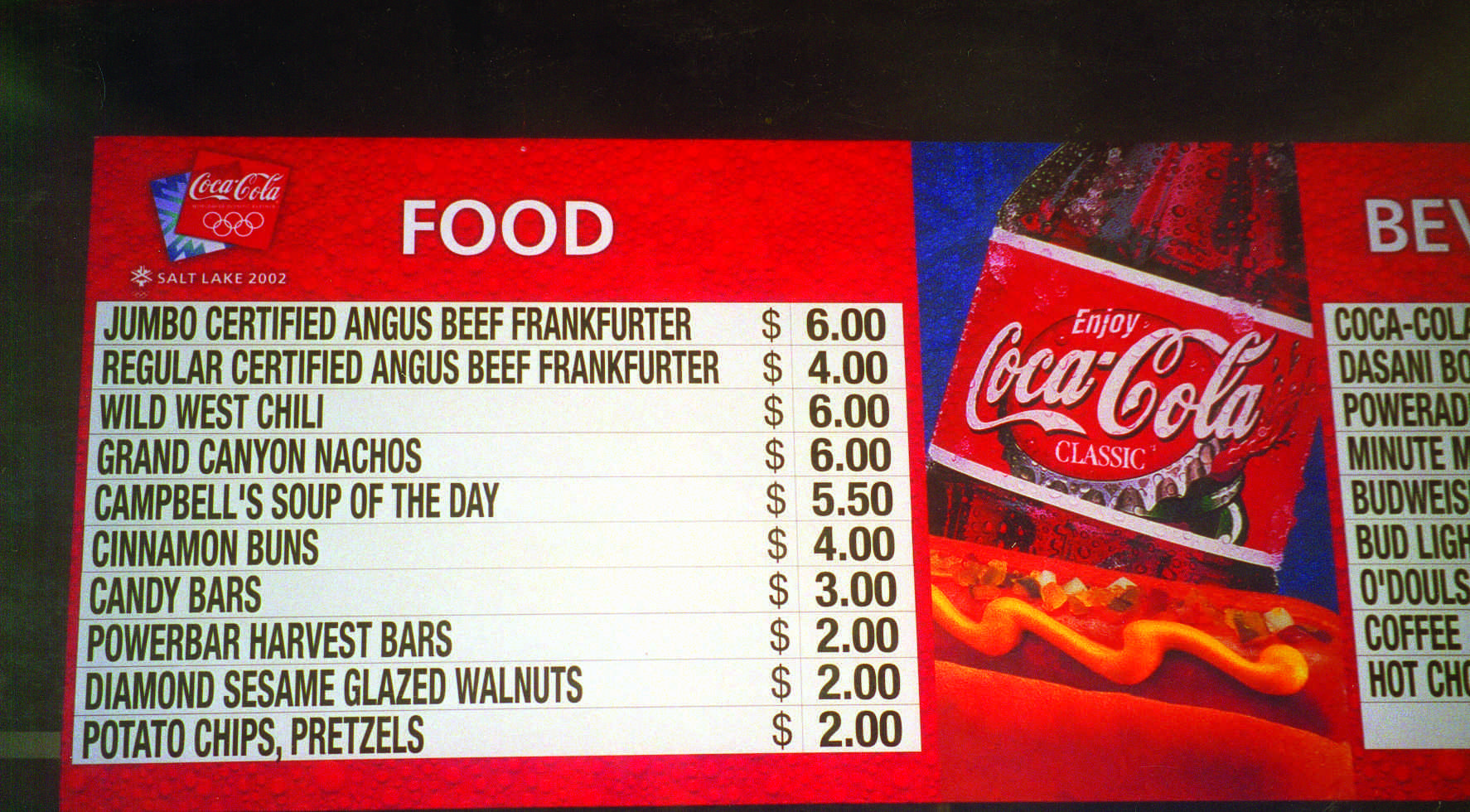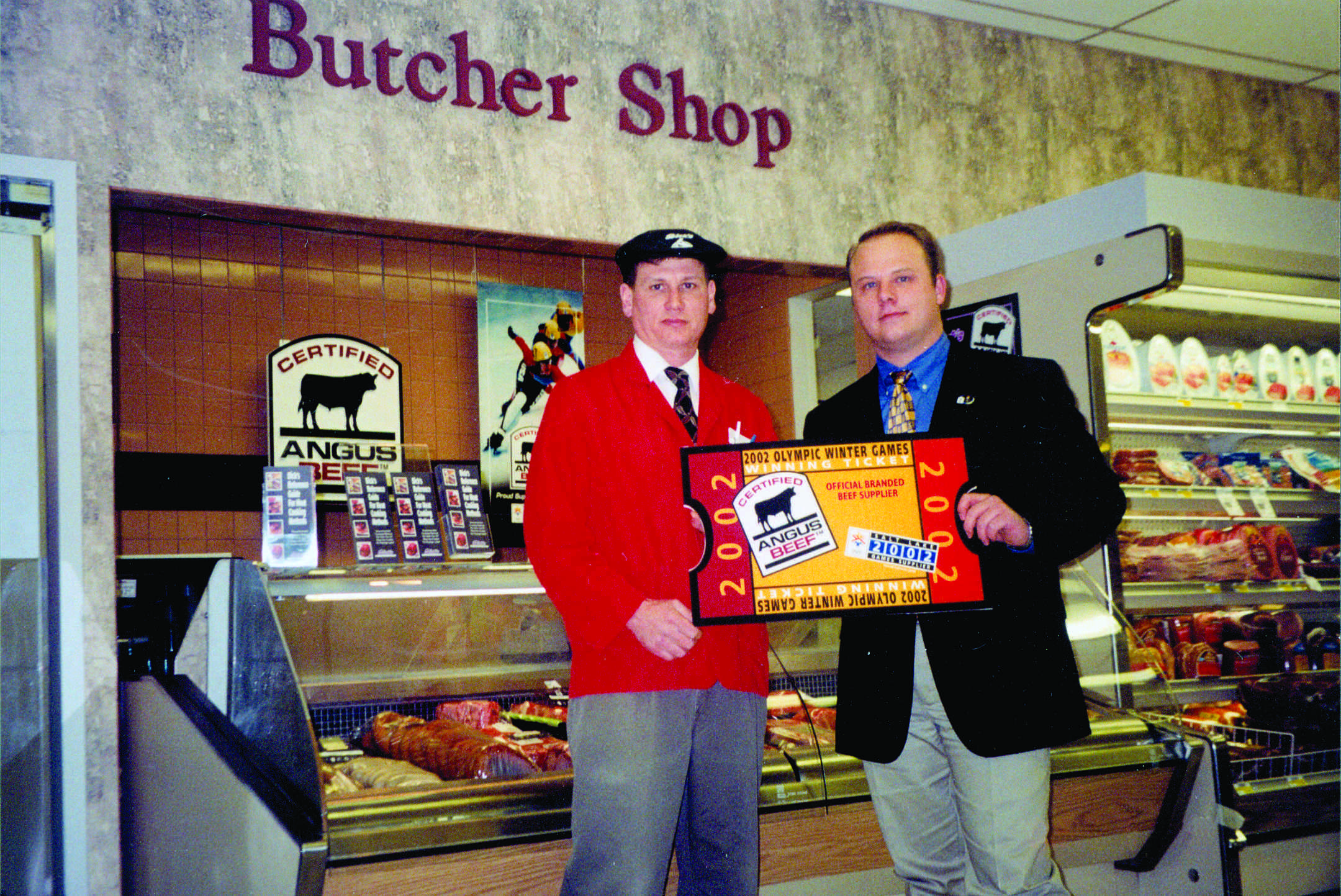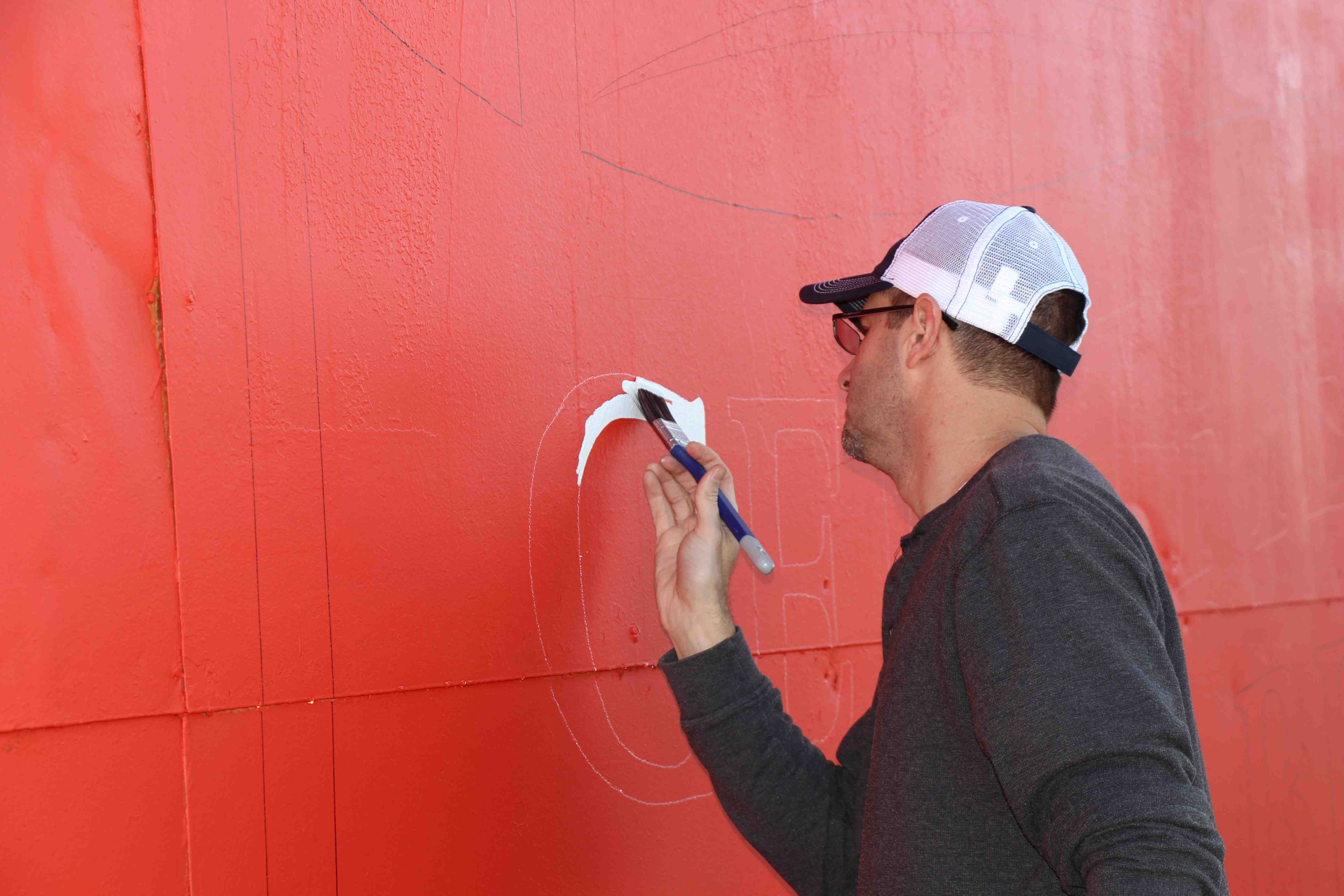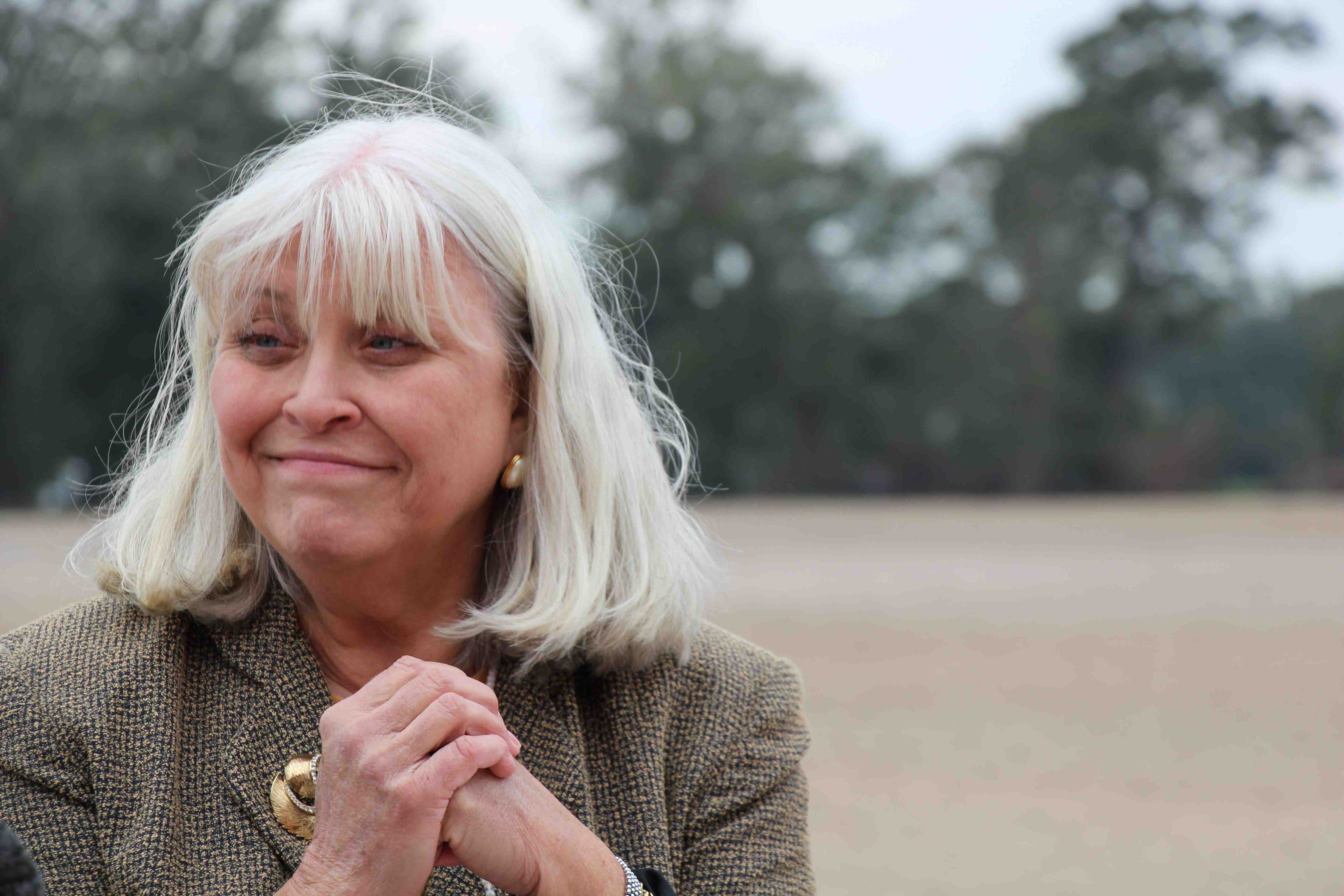
The Angus taste of quality
Unprecedented availability of high-quality cattle fulfills ever-growing consumer demand
by Laura Conaway
When more cattle mean better cattle, the beef industry’s better for it. That’s the story for today’s cattleman supplying premium-quality beef to consumers asking for more. The Certified Angus Beef ® (CAB®) brand is in the middle of it all.
Extending a 14-year streak of year-over-year growth and the third year for sales above 1 billion pounds, the first and largest branded beef company reported record sales of 1.21 billion pounds in Fiscal Year (FY) 2018, ending Sept. 30. That was an 8.1% increase, or 91 million pounds.
“For the past 40 years, a community of people from farm to plate have shared a passion for excellence, a dedication to quality and ideas and inspirations to achieve our goals,” CAB President John Stika said. “Through a shared vision, what started out as a simple idea among a small group of cattlemen has become the world’s leading brand of beef.”
Via a proven pull-through demand model, CAB set sales records in all 12 months of its 40th anniversary year, with more than 100 million pounds in March, May, June, July, August and September. Seven of the brand’s 10 highest months in history were in FY 18, with August the most successful ever recorded.
None of it could be done, Stika said, without the commitment of cattlemen across the nation; 25,000 Angus ranchers own and help supply the brand.
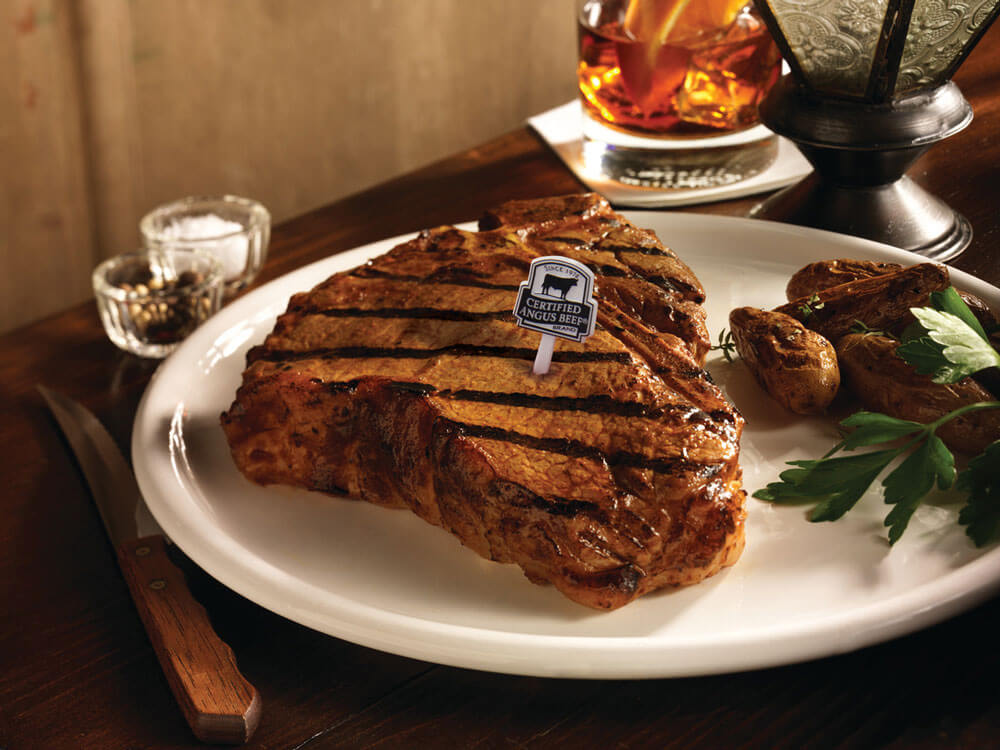
Responding to economic signals from the consumer marketplace, ranchers aligned their genetic decisions and management practices in an unprecedented way. Access to an increased and focused supply led graders to certify nearly 100,000 carcasses per week – an increase of 650,000 head for the year, or 14.3% more than 2017, totaling 5.18 million.
In 2008, only 17.8% of the eligible cattle sold through licensed packers qualified to earn the brand name by meeting its 10 exacting standards. That year, 36% of fed cattle graded USDA Select. Consumers made their desires known and, quickly, Select fell to just 17.8% in 2018 while a record 32.5% of Angus-type cattle qualify for the brand. CAB’s market share grew in tandem and represented 18.5% of all fed cattle harvested in FY 18.
“When you look at that dramatic of a shift in the quality of this industry, that strongly suggests what you’re doing with your efforts is having a direct impact,” Stika told producers. “By changing its direction, aligning it more closely with consumers, you’re creating a more sustainable future for all of us.”
Quality-minded ranchers benefit, too, and stand to earn $50 or more per head as a share of the $75 million in grid premiums CAB cattle earn each year.
It takes a team to get their premium product to the finish line. That’s where a global network of nearly 20,000 licensed partners found their individual business success through brand recognition in retail meat cases and on restaurant menus. Manageable prices in concert with strong demand led to sales records in every division of CAB.
The most explosive growth took place in the International Division, with 207 million pounds exported to 50 countries outside the United States – an 18.6% increase over last year and the best in the brand’s history. What comprised more than one-third of total brand growth was due to the strong market in South Korea followed by Canada, Japan, Hong Kong and Mexico.

Quality-focused retailers remained the largest contributor to brand sales. A favorable price spread relative to other commodity beef options led to more CAB items featured in circulars, thus growing retail sales by 8.3% to a new high of 494 million pounds.
Nearly 11,000 licensed restaurants comprise the Foodservice Division that netted sales of 405 million pounds – a 5.3% increase. Known for consistency in growth, the division boasted a ninth consecutive year of record sales, further proof of the brand’s value to chefs who prize its consistent quality, and patrons who crave its flavor.
Processors responded to growing consumer demand for high-quality convenience meals in both retail and foodservice with branded value-added products. Sales rose by 8.1% to 29.2 million pounds, driven most by smoked brisket, marinated fajita meat and burgers in the frozen case.
Illustrating a steady desire from the industry’s most discerning customers, sales of the brand’s exclusive Prime product extension achieved its highest growth ever at 31.2%. Expected to keep climbing, the 26.5 million pounds in 2018 sales were made possible by the precision of cattlemen from ranch to feedyard.
Continuing a trend from last year, the brand experienced a more balanced rate of growth across divisions and product categories. Reflecting consumer appeal for a “better burger,” ground beef led the charge with sales up 1.6 million pounds, a 10.3% increase over 2017. Sales of roasts and other end meats, often the centerpiece of family meals, rose by 8.2%. Backed by traditionally strong demand, particularly for celebrations and special occasions, sales of middle meats such as premium steaks grew by 6.5% over last year.
You may also like
Looking Ahead: Tomorrow’s Leaders
There are three ways CAB promotes leadership and growth for the next generation within the beef industry. Internships, events and scholarships can help invest in the next generation who are the future ranchers, chefs, and beef industry professionals.
Michigan Angus Family Earns Ambassador Award
Seldom Rest Farms in Michigan, known for show-ring success, receives the CAB 2023 Ambassador Award for sharing their beef production story with Meijer grocery communications team and other CAB partners. The Foster family shares their passion for Angus cattle while fostering connections within the beef supply chain and promoting the Angus breed and CAB’s role in the industry.
North Dakota Partnership Earns CAB Progressive Partner Award
The Bruner and Wendel families earned the 2023 CAB Progressive Partner award by selling high-quality beef through Dakota Angus, LLC, as part of the CAB Ranch To Table program. They focus on their commitment to quality, data-driven decisions, achieve impressive CAB and Prime percentages and offer high-quality beef directly to consumers in their communities.

